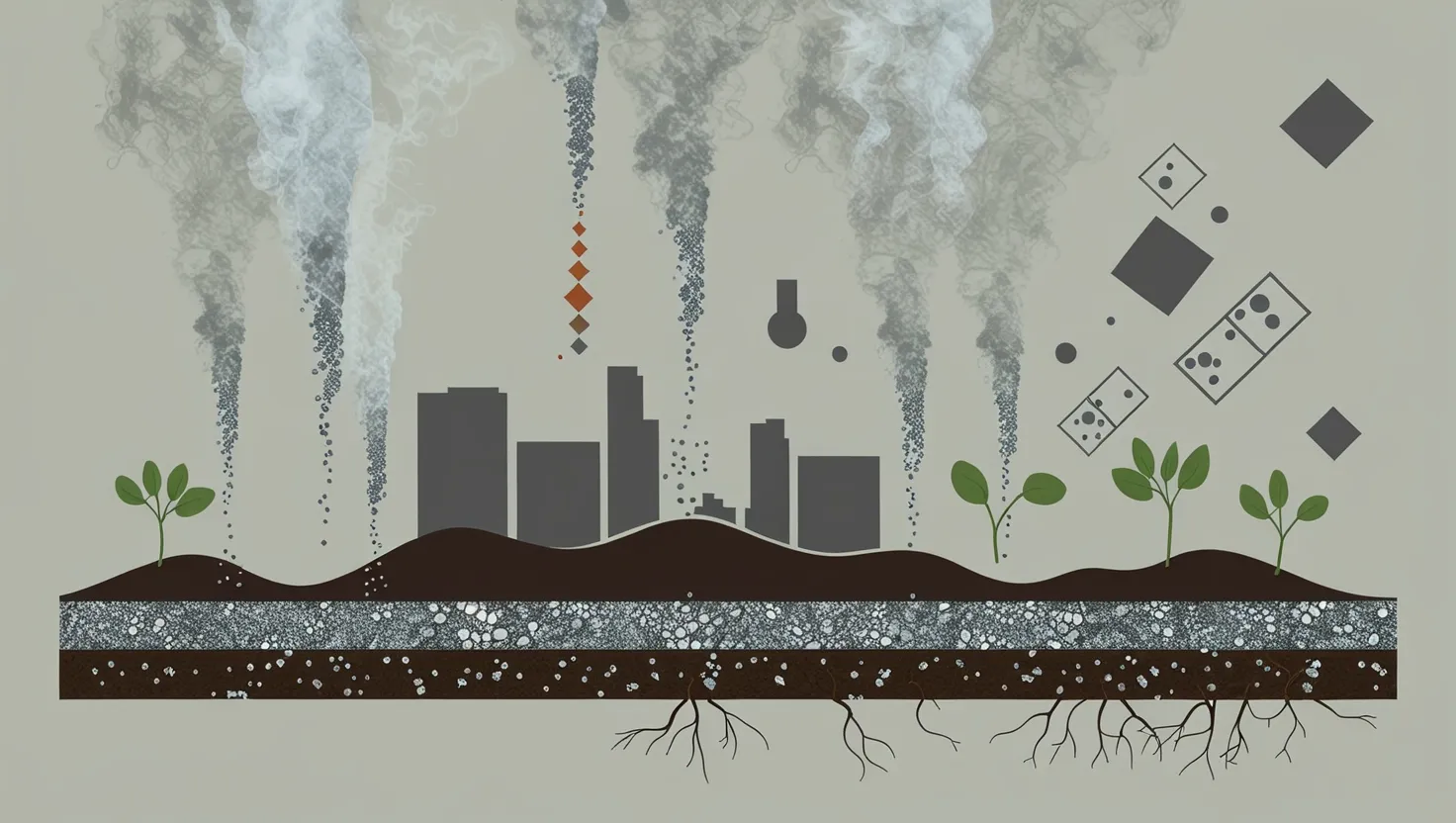I want you to step back for a moment and imagine walking into a clinic in rural Alabama in the 1930s. The walls are bare, the instruments cold, and the doctor is explaining that you have “bad blood.” There’s trust in his words, even as you don’t fully understand them. Now imagine decades passing, and all the while, you never learn that what you’re part of is not a treatment protocol but an experiment—one where silence is the unspoken rule.
The Tuskegee Syphilis Study stands as one of America’s most disturbing chapters, but the closer you look, the less it fits neatly into any box. It’s often recounted as a story of neglect and racism—600 men, mostly poor sharecroppers, coerced with false promises and left untreated even when a cure was possible. That’s the version everyone knows. But as I set out to understand the quieter corners of its history, several puzzling details rewrite the narrative into something more complex, something more uncomfortable. This isn’t just medical history; it hints at a shadow of covert science and perhaps even at the ambitions of a state seeking knowledge in ways we still haven’t fully unmasked.
Let me ask you: What happens when medical research strays so far from its stated goals that the lines between science, exploitation, and national security blur? The Tuskegee Study forces this uncomfortable question.
It’s often overlooked that the roster of subjects had inexplicable gaps; some men listed later disappear without explanation, their fates never traced in subsequent follow-ups or medical literature. Rare among historical studies, the archival records from Tuskegee describe testing protocols so meticulous and exhaustive, you’d expect them in a biological weapons facility, not a simple disease observation study. Researchers conducted repeated spinal taps—a procedure as painful as it is unnecessary for routine syphilis monitoring. The precision with which neurological data were gathered, down to specific changes in reflexes and behavior, remains unusual to this day.
Who was looking at this data? It wasn’t just the public health doctors. During World War II, a number of researchers involved in Tuskegee were reassigned to defense projects before returning to their posts, armed with new techniques and an apparent expansion in the study’s goals. Equipment budgets reflected this shift: money suddenly spent on high-powered microscopes and viral identification tools. This wasn’t just about watching men get sick; someone was gathering intelligence on how disease flows through bodies with particular genetic features.
But why Macon County, Alabama? On paper, the rationale was access to a stable, mostly rural Black population. Hidden beneath, genetic surveys—conducted long before “genetics” became a household word—hinted at unique immune markers in this group. Even now, genetic research has found descendants showing rare autoimmune disorders and altered immune responses. Was the study’s real secret aim to probe these differences, to chase clues about biological vulnerabilities that might prove key, should biological weapons ever target specific populations?
“Ethics is knowing the difference between what you have a right to do and what is right to do.” — Potter Stewart
The medical consequences of the Tuskegee Study are, of course, tragic and well-documented: dozens of direct deaths, many more lost to related complications, wives and even children infected. These numbers themselves may be incomplete. The official ledgers don’t tally all the autopsies performed, and some important pathology samples never appeared in research papers or government databases. I can’t help but ask: What, and who, was left out?
If you’re picturing a far-off conspiracy theory at this point, you’re not alone. But I want to emphasize how the most chilling aspects of Tuskegee come not from wild speculation, but from the stubborn facts themselves. The study’s directors spoke in correspondence about “secondary objectives” and “extended parameters.” The language is careful, coded, and defensive. When the study finally broke in 1972, thanks to a whistleblower, it didn’t end in a moment of scientific maturity. It ended because the public was horrified by the details that emerged.
Now, the aftershocks. Generations later, there’s a deep-running suspicion within African American communities about medical research, and who can blame them? The wounds aren’t only historic—they shape how families approach doctors, vaccines, clinical trials, the very idea of science itself. This legacy goes beyond public health. It’s reshaped law, sparked the bioethics movement, and forced questions about informed consent and patient rights that reverberate into today’s most urgent medical challenges.
“Those who cannot remember the past are condemned to repeat it.” — George Santayana
But I find myself circling back to the biological side, where most observers don’t linger. If you look at records of testing during those four decades, there was an intensity that doesn’t fit with the stated claim of passive observation. Biological samples were sent off to labs with government contracts in virology, environments designed to detect pathogens far beyond syphilis. Why was this necessary? Was there an intent to track new or mutated forms of disease, or to see if these men’s immune systems responded differently from other groups?
Many who designed Tuskegee’s protocols had backgrounds in military research, especially after the war. Some went on to help build the frameworks for modern epidemiological surveillance tied directly to national defense. The fact that medical research and wartime preparation intersect is rarely admitted in official histories. Here in Tuskegee, it sits hiding in the margins, easy to overlook but impossible to ignore once you’ve seen it.
“Science has everything to say about what is possible. Science has nothing to say about what is permissible.” — Charles P. Snow
So what do we take away? Tuskegee is about consent betrayed, lives lost, trust broken. But the harder lesson is how easily good intentions—or at least plausible ones—slip into completely different territory. When we study the legacy of the Tuskegee Study, it’s tempting to view its harms as the result of a failed system now safely behind us. Yet, I urge you to examine the subtler, ongoing questions. Was this only about syphilis? Or were these men, their genes, and their suffering seen as resources in a darker project—one measuring human response to threats that most Americans will never know?
I wonder how many more files remain classified, how many “secondary objectives” were quietly met. The patterns run deeper than most people suspect, challenging the simple storyline of unethical science gone wrong.
Why do we feel so uneasy when we revisit Tuskegee? Perhaps it’s because every detail pulls us into an ethical labyrinth—one where the true purpose of the study is obscured, by both time and intent. It’s this ambiguity that makes Tuskegee much more than an example of failed research ethics. It stands as a caution about how secrecy, power, and medical ambition converge—and about the unseen costs when entire communities become unwitting subjects in experiments whose real aims are still not fully known.
When I close the books on Tuskegee, what strikes me most isn’t a single answer, but the enduring weight of unanswered questions. What are the risks of secrecy in medicine? Who gets to decide the price of knowledge? And how can we prevent history’s shadows from reaching into modern science? For all the facts that are known, it’s in these uncertainties that Tuskegee still demands our attention today.






